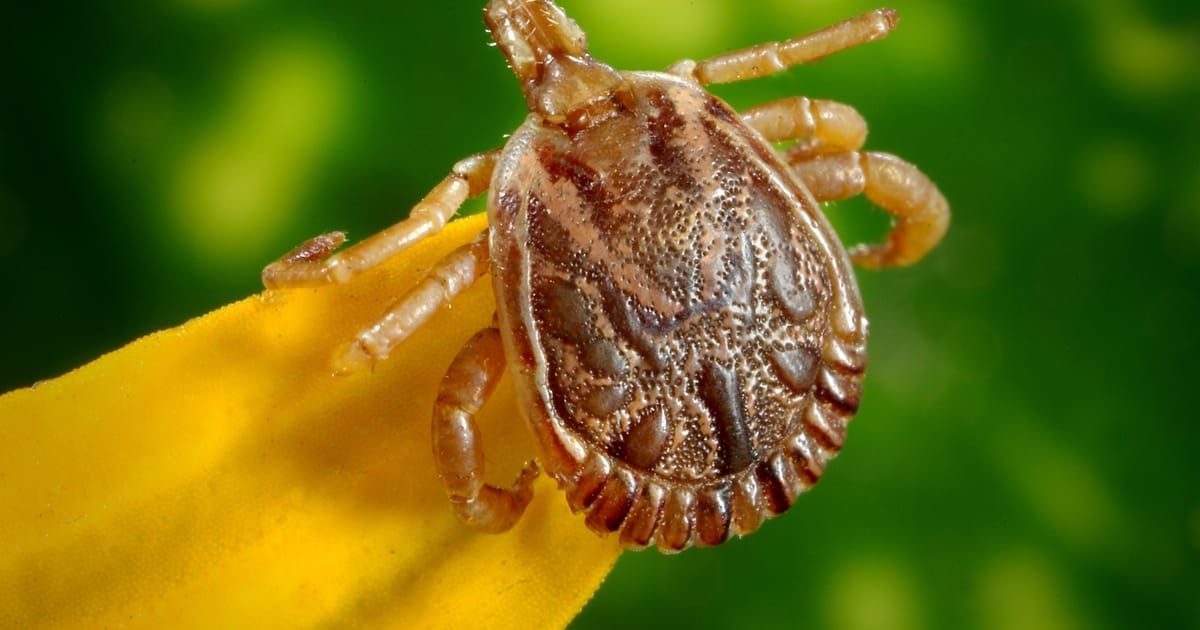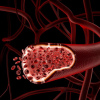
From April to October, ticks in the Czech Republic are active and can transmit serious diseases — encephalitis and borreliosis. Learn where ticks are most commonly found, how to protect yourself properly, what to do if you're bitten, and who should consider vaccination.
From April to October, tick season is in full swing in the Czech Republic. The risk is especially high during warm, humid weather — particularly after rain. These tiny parasites are found not only in forests and mountains but also in regular parks, gardens, summer cottages, and even near playgrounds in the city.
A tick bite is usually painless. But the real danger lies in what ticks can carry: serious diseases such as tick-borne encephalitis and borreliosis (Lyme disease).
Why ticks are dangerous:
Tick-borne encephalitis
A virus that affects the central nervous system. It begins with flu-like symptoms but can progress to severe brain inflammation. A vaccine is available for prevention.
Borreliosis (Lyme disease)
A bacterial infection. A common early sign is a ring-shaped rash around the bite (though it doesn’t always appear). The disease is treated with antibiotics and is especially manageable if caught early.
Where ticks are most commonly found:
– Humid forests, thickets, tall grass
– Trails near rivers and lakes
– Summer cottages, gardens, city parks
– Playgrounds bordered by grassy overgrowth
How to protect yourself from bites:
Clothing
Wear light-colored clothes with long sleeves and pant legs — ticks are easier to spot. Tuck pants into socks.
Repellents
Apply to exposed skin and clothing. Focus on the neck, lower back, and legs. Choose products containing DEET or icaridin.
Body check after walks
Check under the knees, groin, neck, behind the ears, and in the hair. With children, pay extra attention to the head and neck area.
Hygiene
Take a shower within two hours of returning home to help wash off any unattached ticks.
What to do if you find a tick:
Remove it with tweezers or a special tick-removal tool (available in pharmacies). Grasp it close to the skin and pull gently without twisting.
Do not use oil, alcohol, or fire — this may increase the risk of infection.
Disinfect the bite area and monitor it for 2–3 weeks.
If desired, the tick can be tested — Czech laboratories offer analysis for borrelia and tick-borne encephalitis (a paid but accessible service).
Vaccination: who should get it and when?
Vaccination against tick-borne encephalitis is recommended for everyone — adults and children from 1 year of age.
The standard schedule includes 3 doses over one year, followed by a booster every 3–5 years.
You can get vaccinated through your GP or at a vaccination center.
Some health insurance plans cover part of the cost.
A little prevention goes a long way — and lets you enjoy nature without unnecessary risk.
Write a review
Required fields are marked with *
Categories
- Therapy (31)
- GP (23)
- News (21)
- Endocrinology (8)
- Cardiology (7)
- Ortopedics (4)
- Dermatology (3)
- urology (1)
- Check-up (1)
- Ultrasound (1)
Articles
Archive
- November 2025 (6)
- October 2025 (6)
- September 2025 (6)
- August 2025 (7)
- July 2025 (4)
- June 2025 (11)
- May 2025 (9)
- April 2025 (5)
- March 2025 (3)
- February 2025 (2)
Categories
- Therapy (31)
- GP (23)
- News (21)
- Endocrinology (8)
- Cardiology (7)
- Ortopedics (4)
- Dermatology (3)
- urology (1)
- Check-up (1)
- Ultrasound (1)



_100x100_ea6.jpg)




_60x60_ebd.jpg)
Comments (0)